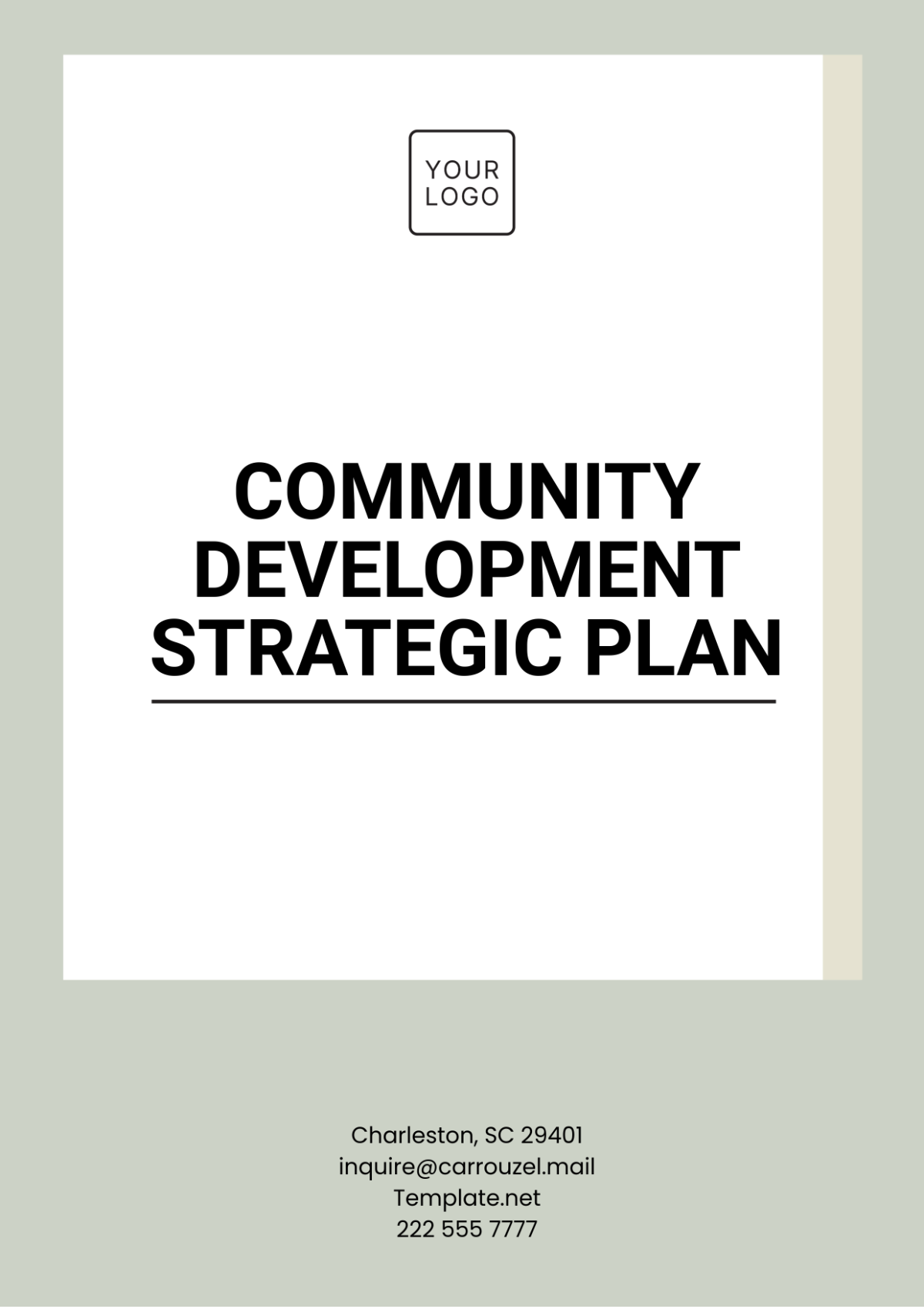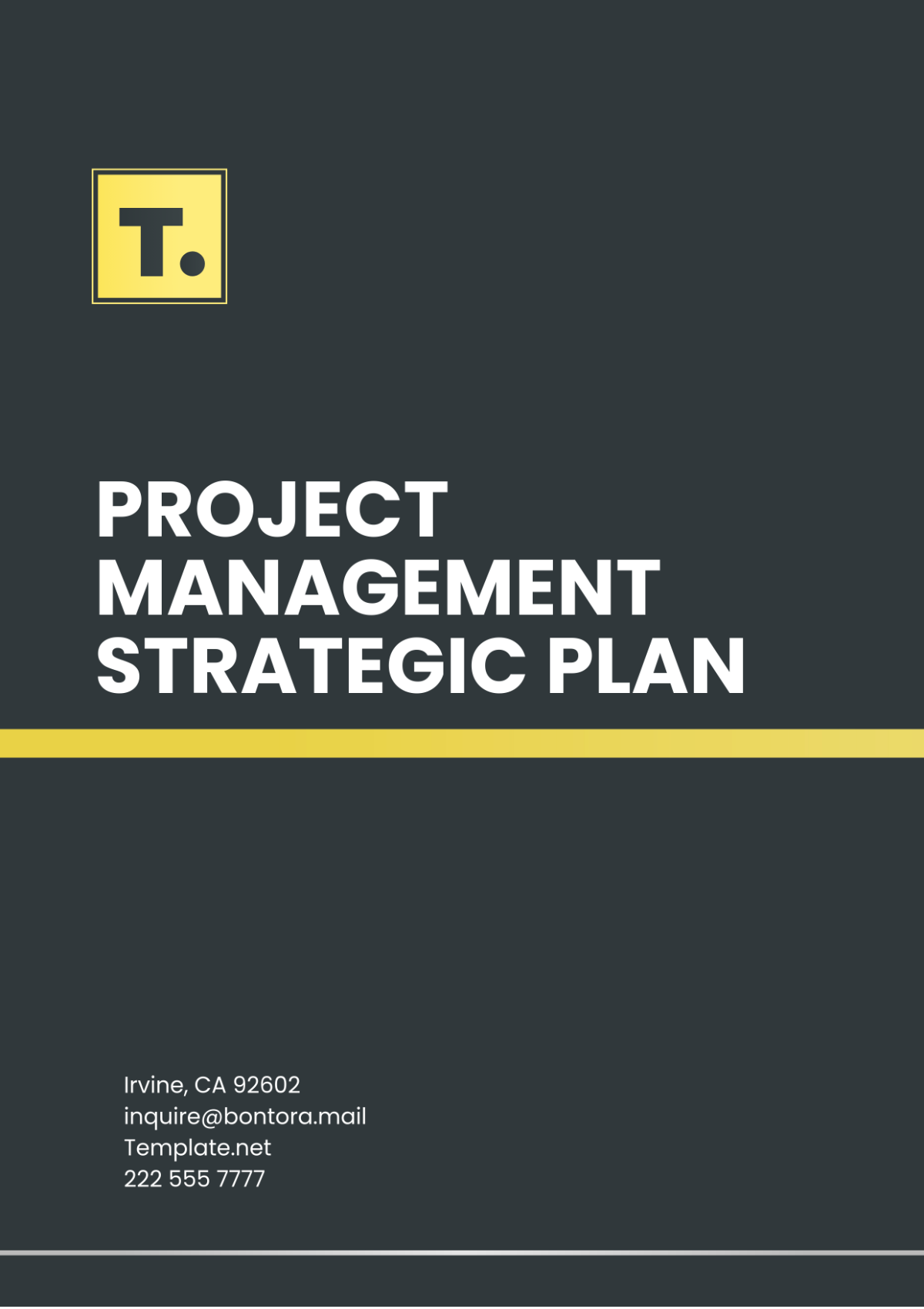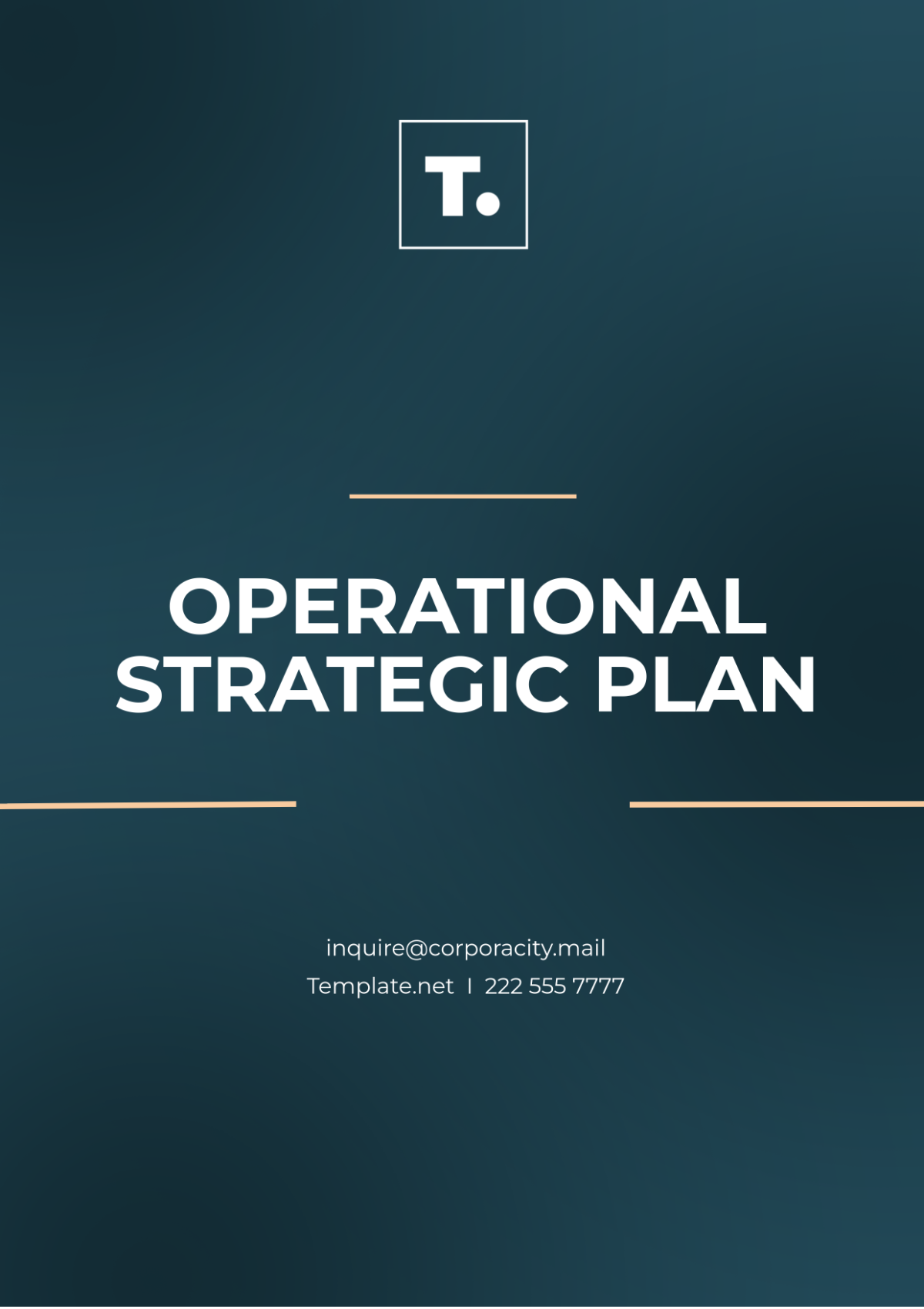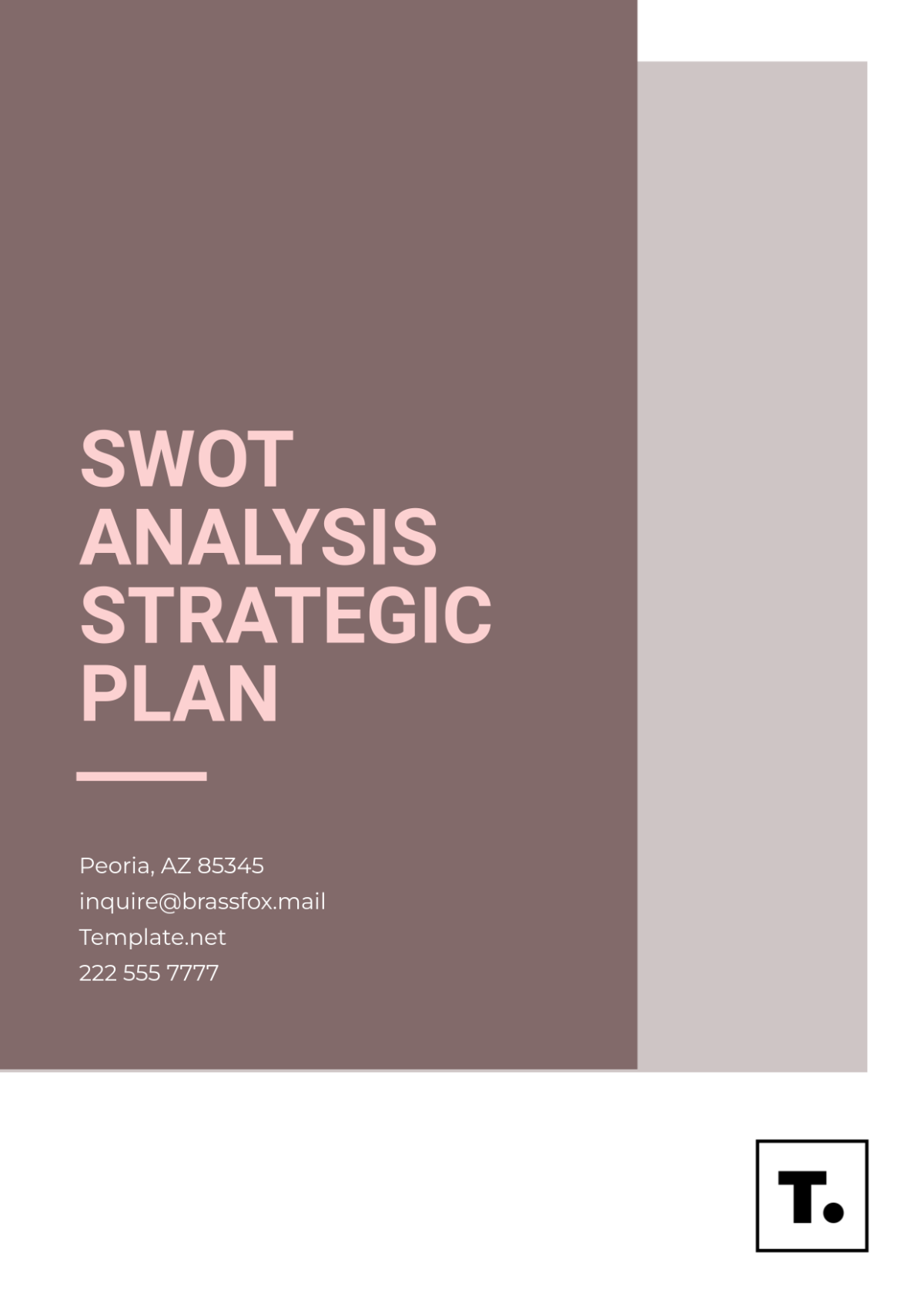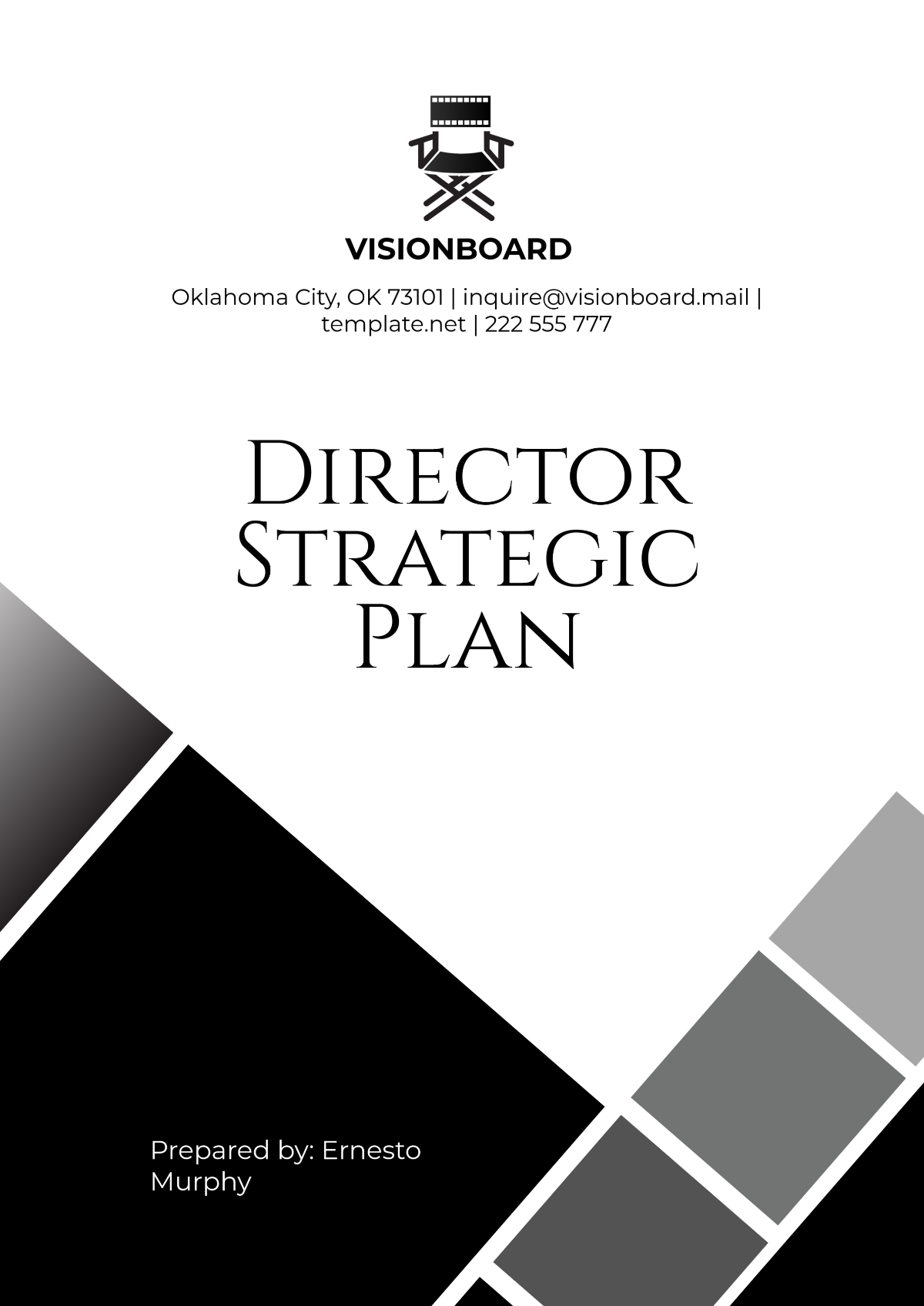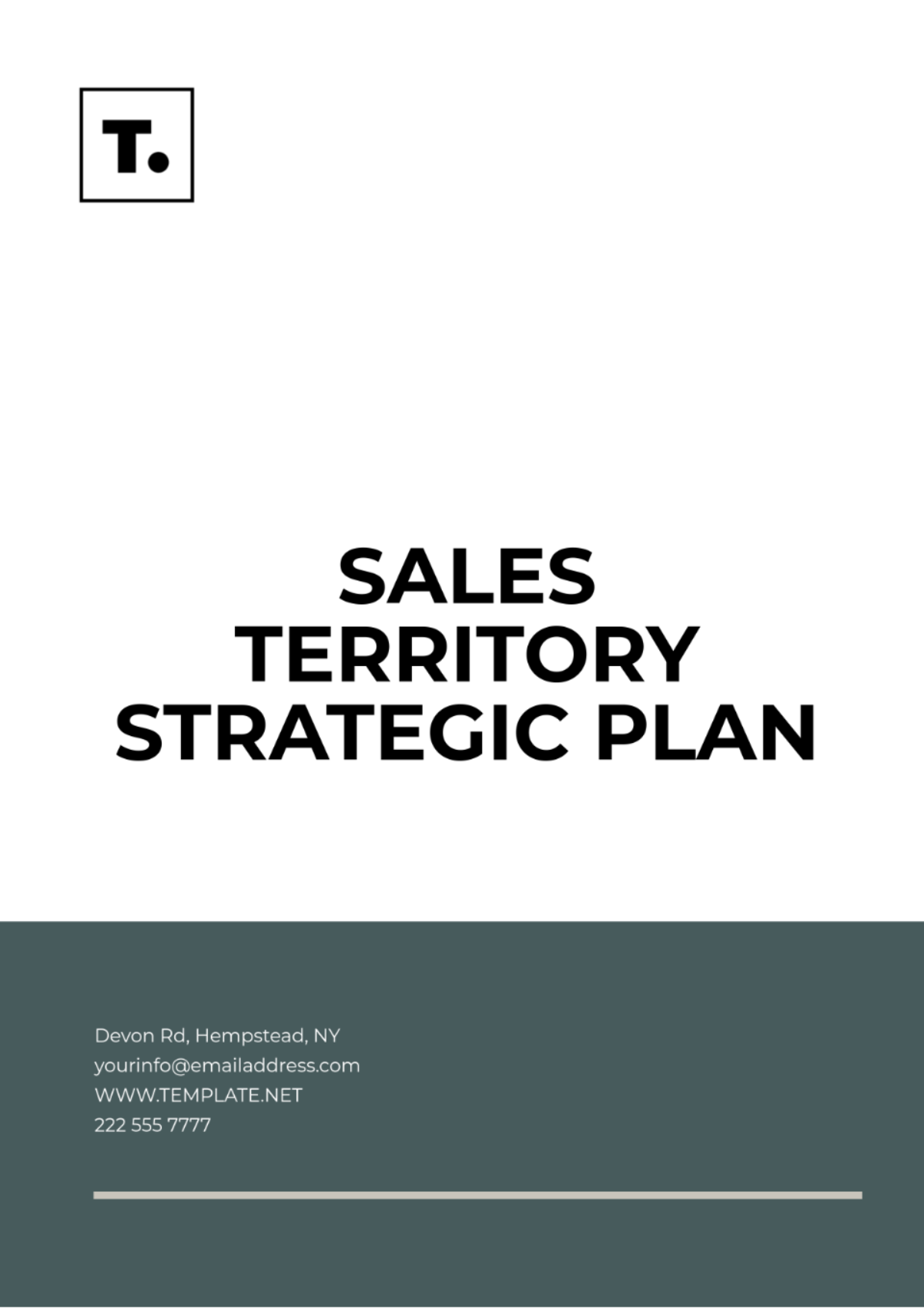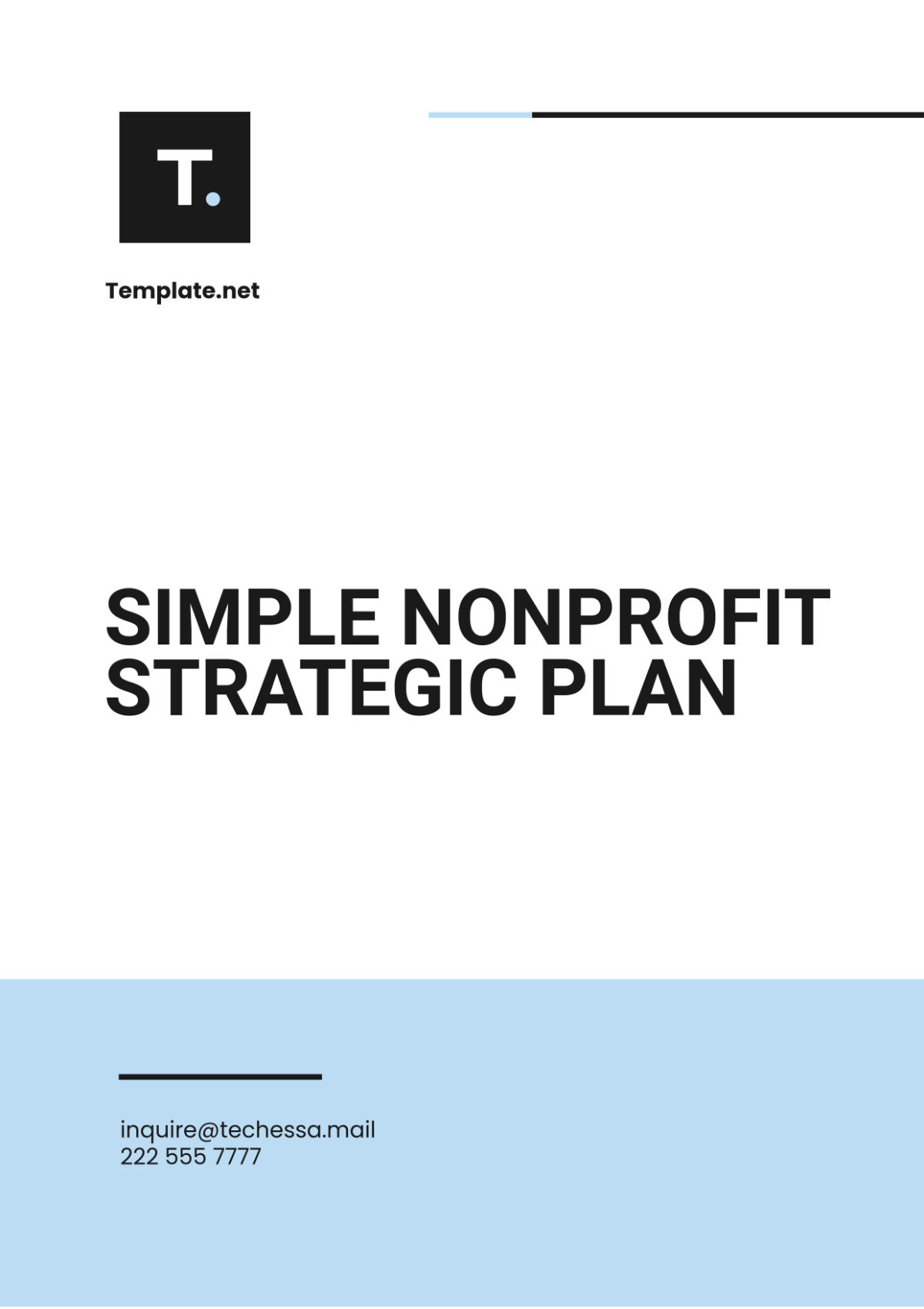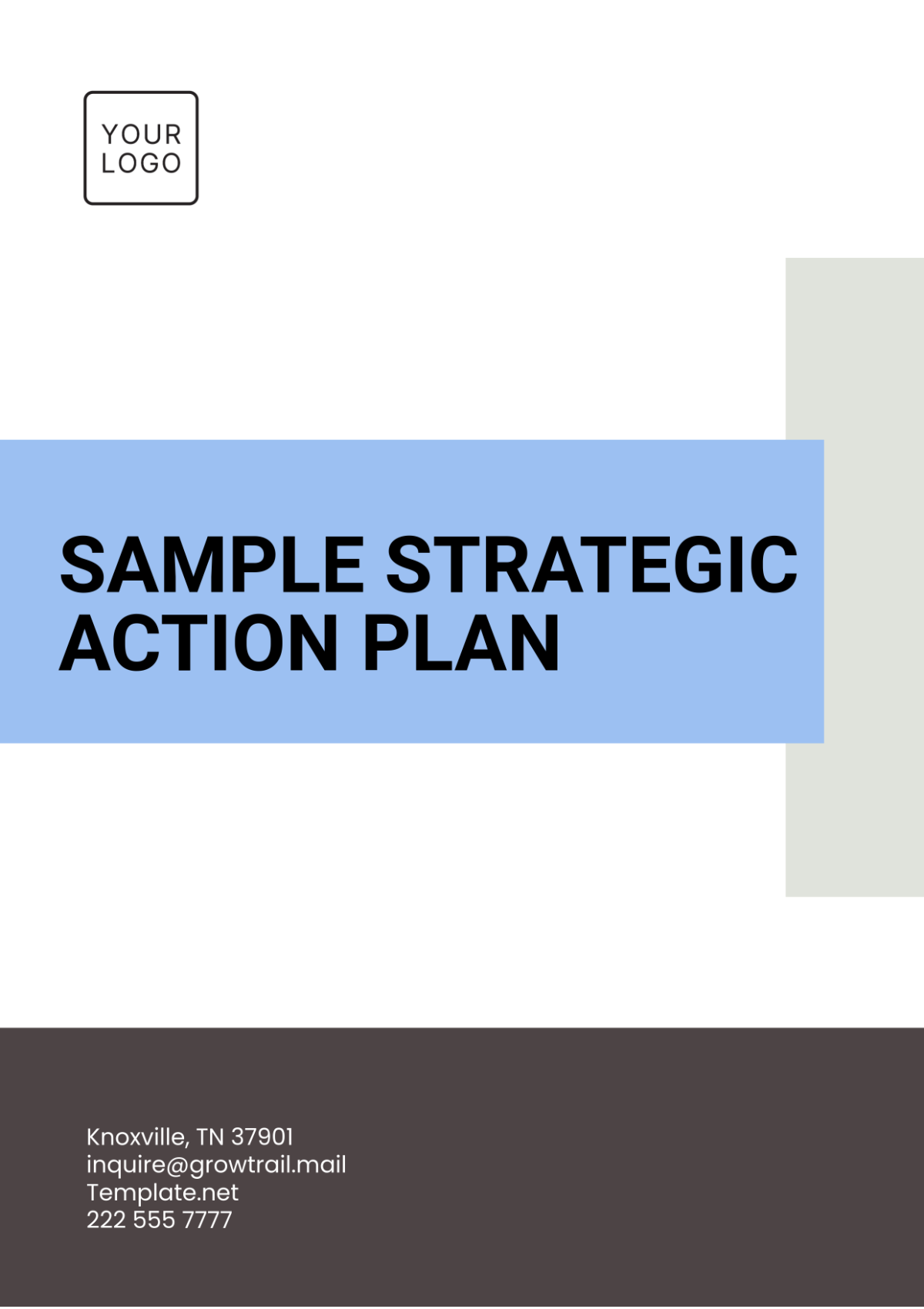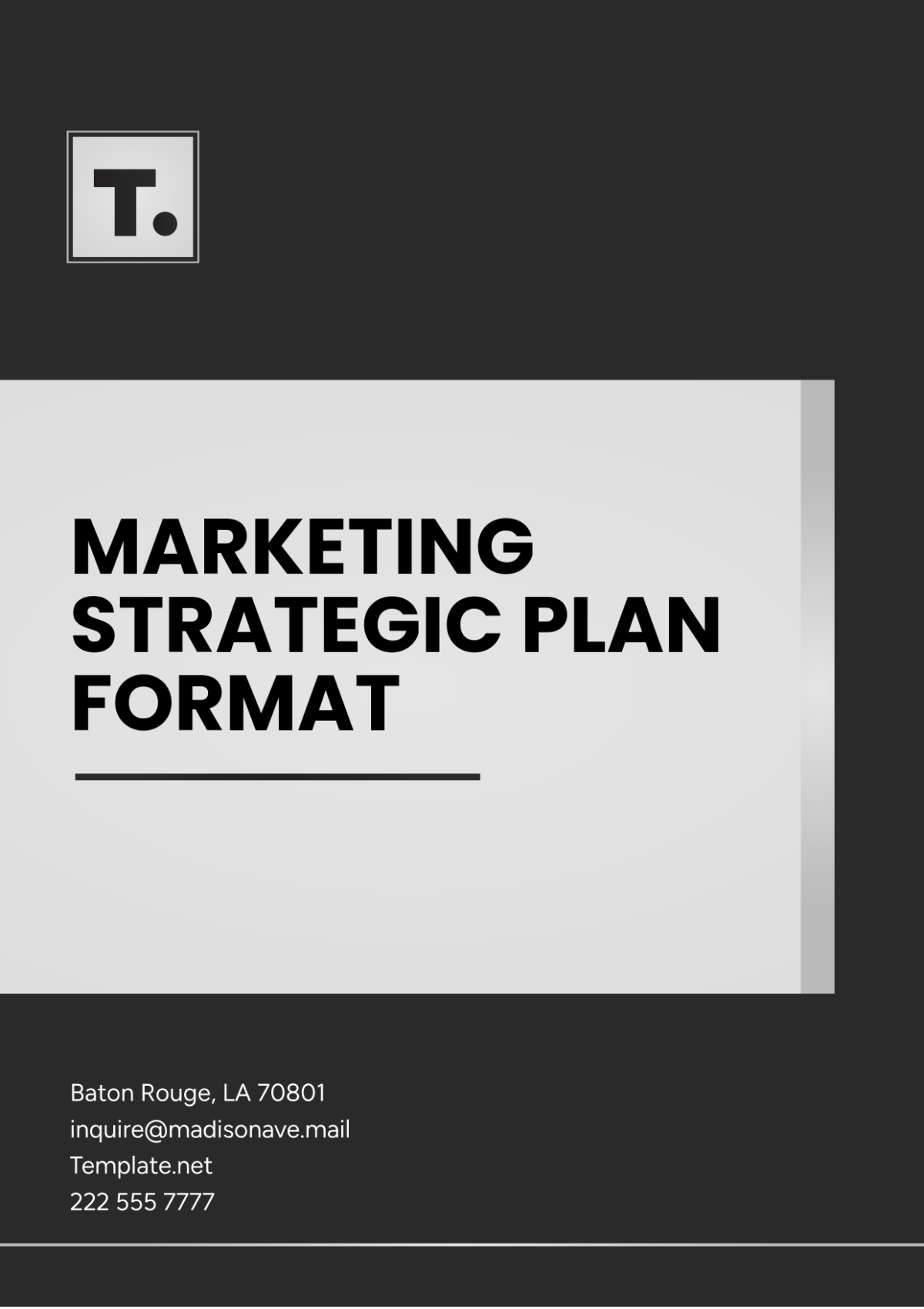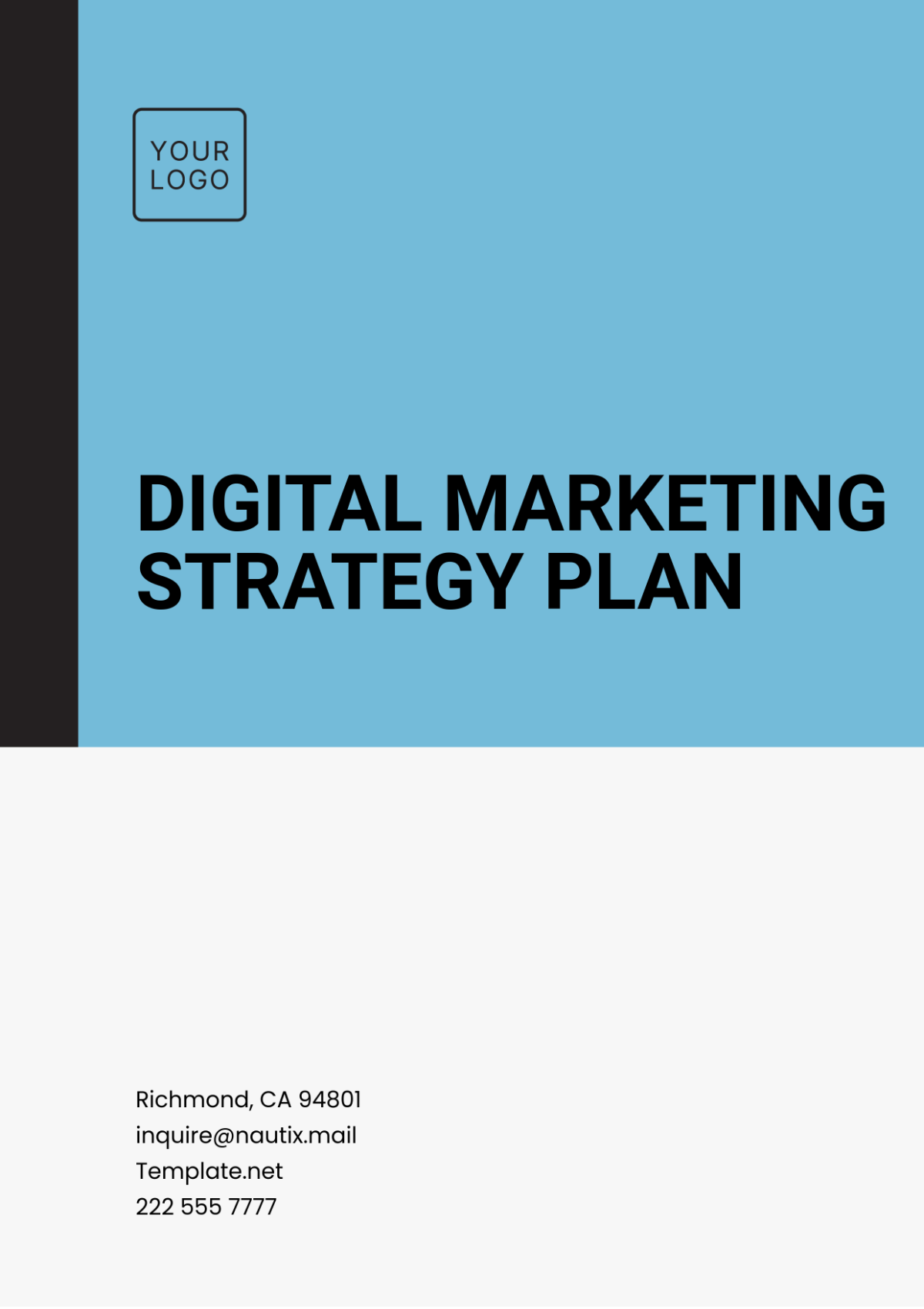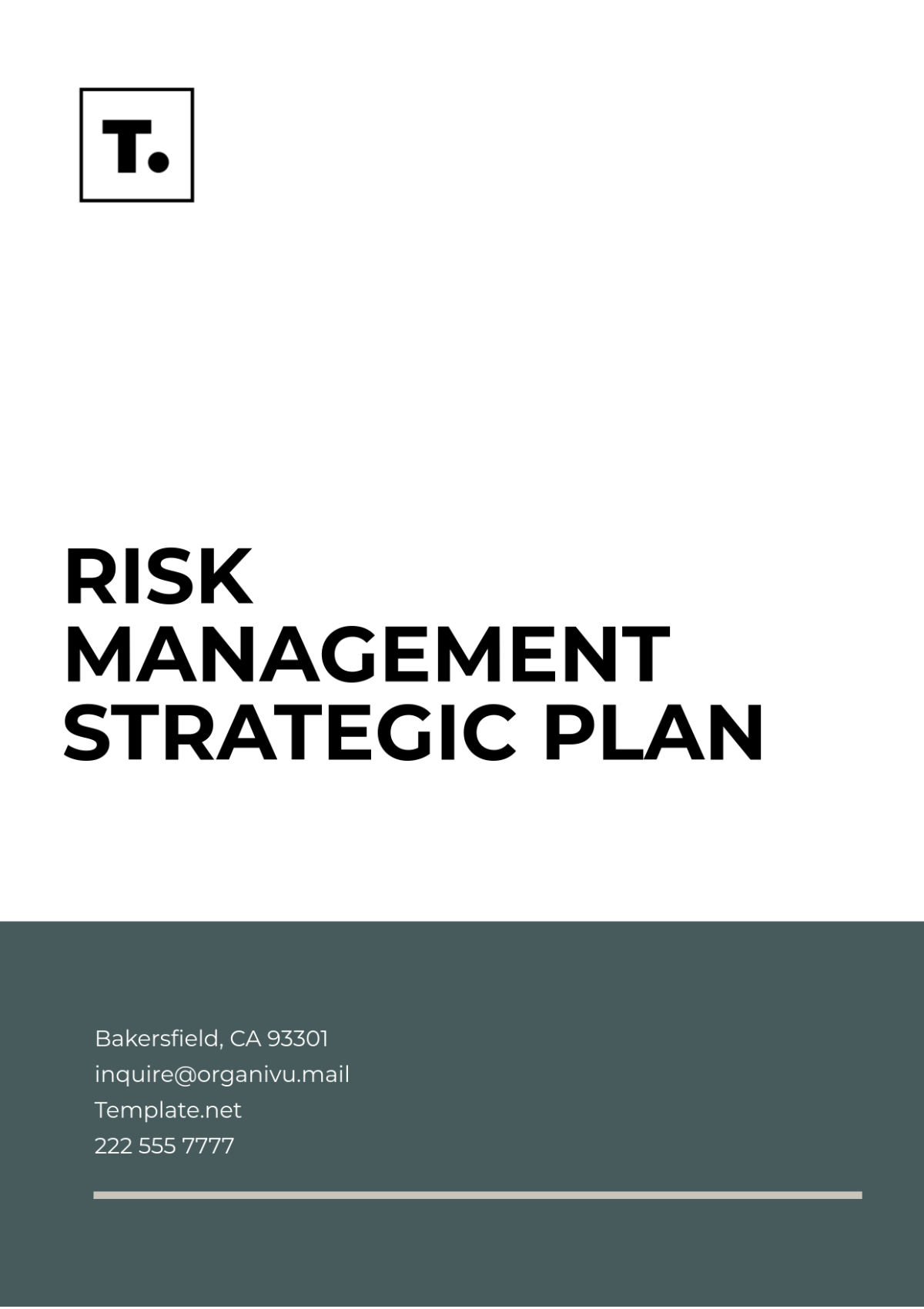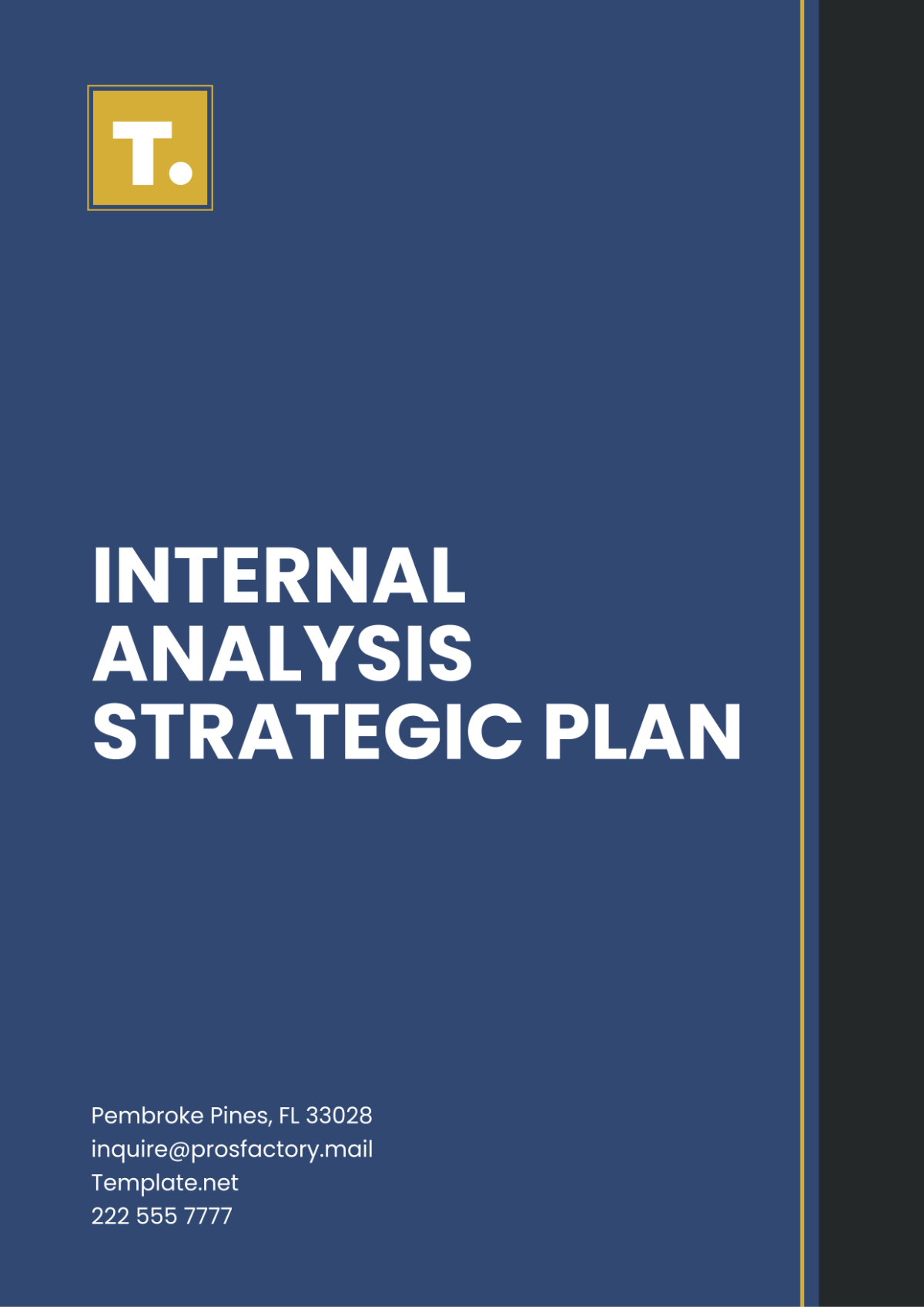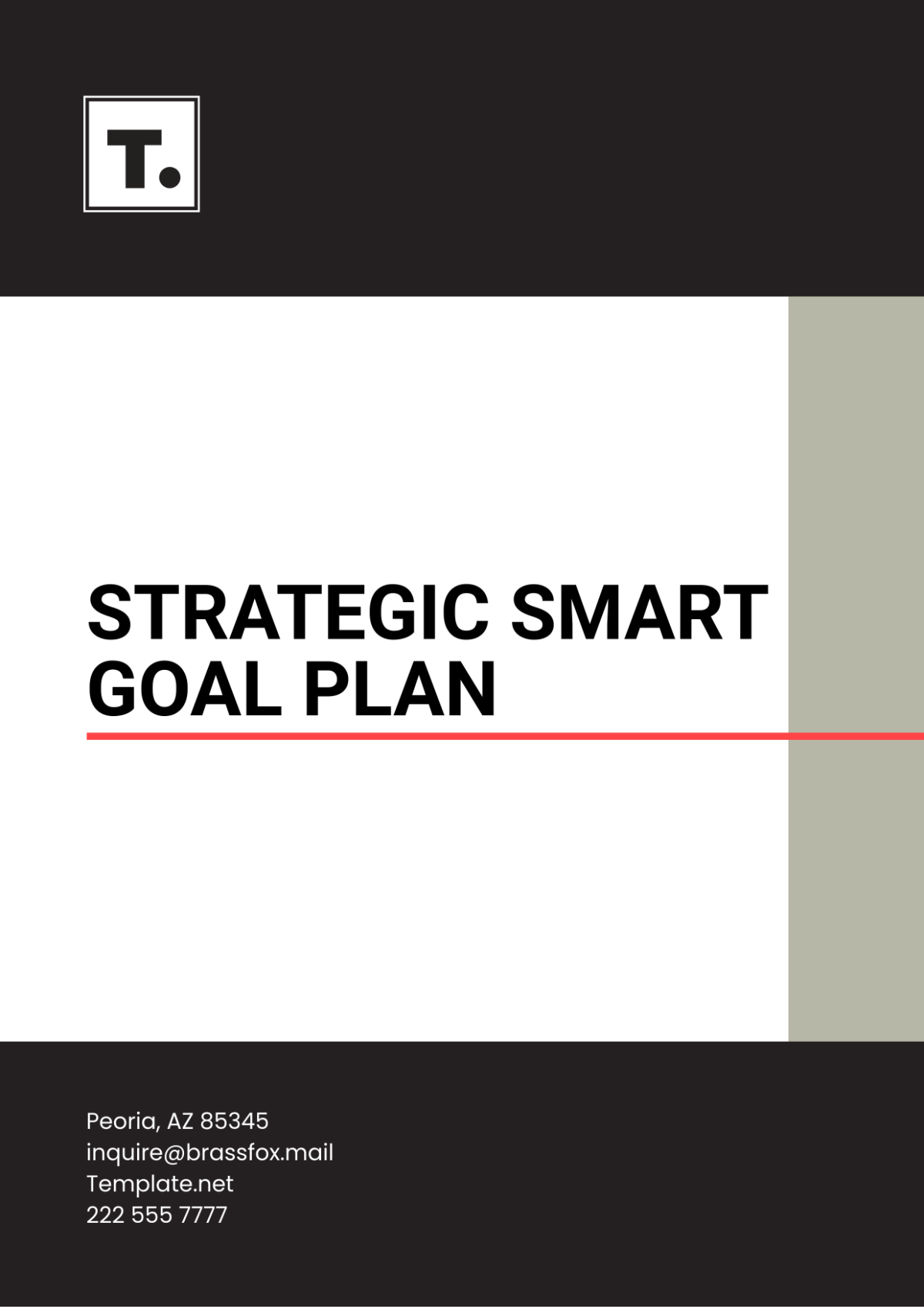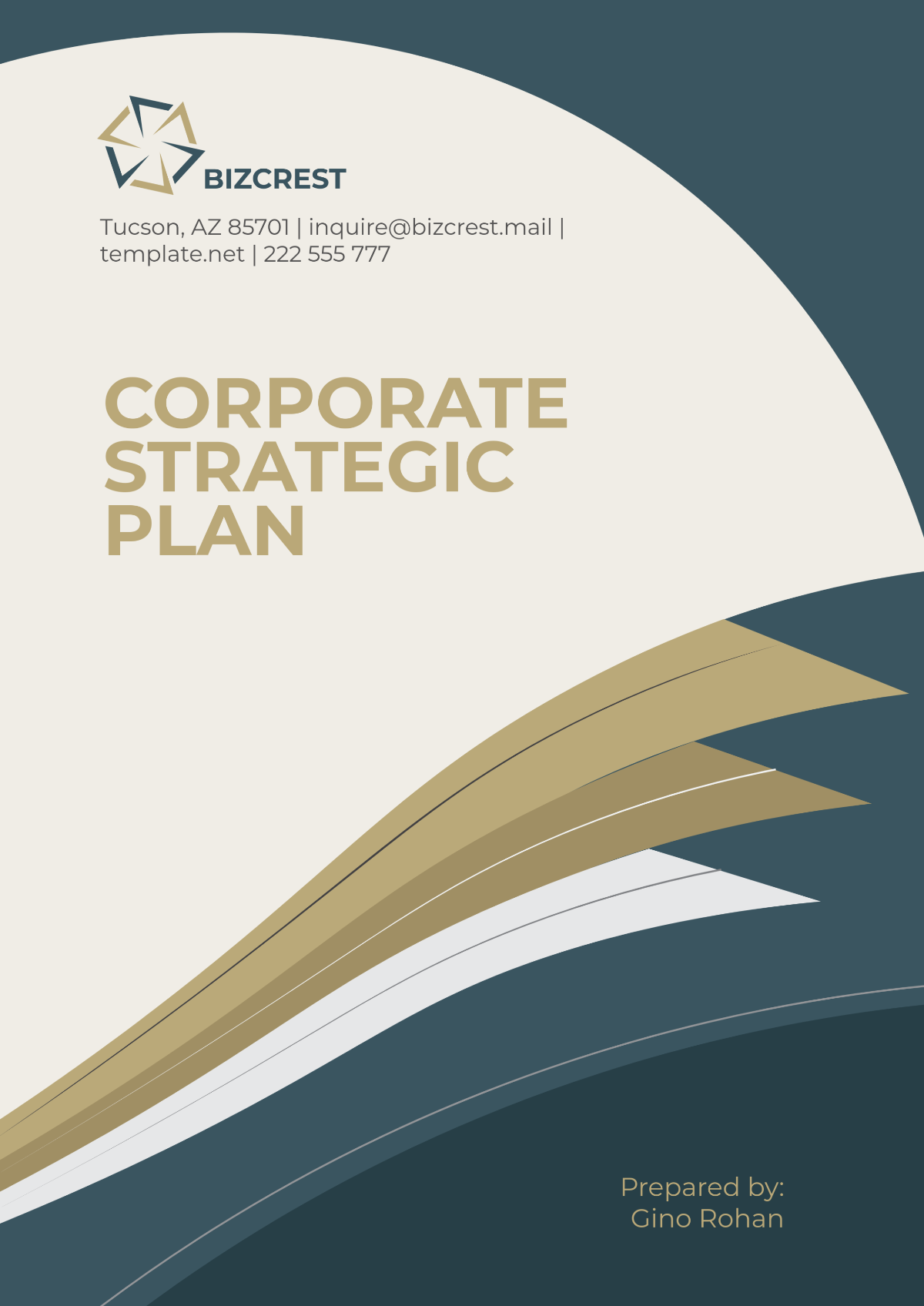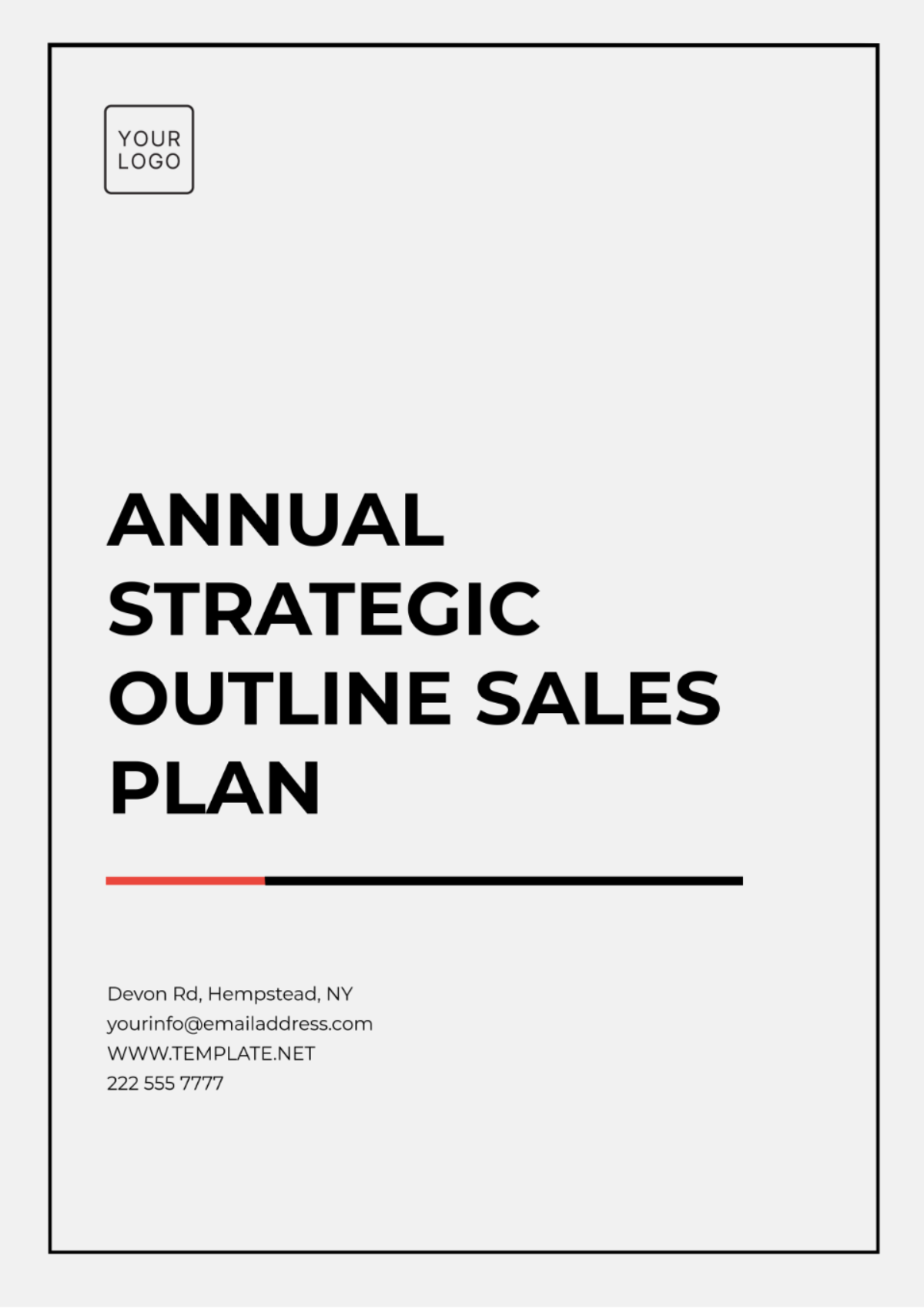Strategic Planning Chapter Outline
Prepared by: [Your Name]
Date: [Date]
1. Introduction
1.1 Definition and Importance
Strategic planning is a systematic process used by organizations to define their direction and make decisions on allocating resources to pursue this direction. It involves setting goals, determining actions to achieve those goals, and mobilizing resources to execute the actions. Strategic planning is crucial as it:
Provides a clear direction for the organization
Helps in allocating resources effectively
Facilitates proactive decision-making
Enhances organizational performance and sustainability
1.2 Overview of the Strategic Planning Process
The strategic planning process typically includes the following steps:
Define Mission and Vision: Establish the core purpose and future aspirations of the organization.
Conduct Analysis: Assess internal and external environments.
Develop Strategies: Formulate strategic options based on the analysis.
Implement Plans: Execute the chosen strategies.
Monitor and Evaluate: Track progress and make necessary adjustments.
2. Setting Strategic Goals
2.1 Identifying Organizational Vision and Mission
Crafting a Vision Statement: A vision statement outlines what the organization aspires to become in the future. For example, “To be the global leader in sustainable energy solutions.”
Developing a Mission Statement: A mission statement defines the organization's purpose and primary objectives. For instance, “To deliver innovative and eco-friendly energy solutions that enhance quality of life.”
Aligning Vision and Mission with Organizational Values: Ensure that the vision and mission are consistent with the core values of the organization, such as integrity, innovation, and customer focus.
2.2 Establishing Long-term Objectives
Defining SMART Goals: Goals should be Specific, Measurable, Achievable, Relevant, and Time-bound. For example, “Increase market share by 15% within the next 3 years.”
Balancing Short-term and Long-term Objectives: Set both short-term objectives quarterly sales targets and long-term objectives expanding into new markets.
Setting Priorities for Goal Achievement: Prioritize goals based on their impact and feasibility. For instance, focus on increasing customer satisfaction before expanding product lines.
3. Analyzing the Internal Environment
3.1 Conducting a SWOT Analysis
Strengths: What the organization does well. For example, strong brand recognition, and a skilled workforce.
Weaknesses: Areas where the organization may lack. For instance, limited technological capabilities, and high turnover rates.
Opportunities: External factors the organization can capitalize on. For example, emerging markets, and technological advancements.
Threats: External challenges that could impact the organization. For instance, economic downturns, and increasing competition.
3.2 Assessing Organizational Resources
Human Resources: Evaluate the skills, experience, and capacity of your workforce.
Financial Resources: Analyze financial health, including revenue, profitability, and funding.
Technological Resources: Assess current technology infrastructure and capabilities.
Operational Resources: Review operational processes, facilities, and supply chain efficiency.
4. Analyzing the External Environment
4.1 Conducting PESTEL Analysis
Political Factors: Government policies, regulations, and political stability that may affect the organization.
Economic Factors: Economic conditions such as inflation rates, interest rates, and economic growth.
Social Factors: Social trends, demographics, and cultural aspects influencing the market.
Technological Factors: Technological advancements and innovations affecting the industry.
Environmental Factors: Environmental regulations and sustainability issues.
Legal Factors: Legal requirements and potential changes in laws affecting the organization.
4.2 Analyzing Industry and Market Trends
Market Analysis Techniques: Use market research to understand customer needs, market size, and growth trends.
Competitor Analysis: Assess competitors’ strengths, weaknesses, and strategies.
Identifying Market Opportunities and Threats: Identify potential opportunities for growth and threats that could impact market position.
5. Developing Strategic Options
5.1 Generating Strategic Alternatives
Brainstorming Techniques: Use brainstorming sessions, SWOT analysis, and scenario planning to generate strategic options.
Evaluating Feasibility of Alternatives: Assess each option’s practicality, cost, and alignment with organizational goals.
5.2 Assessing Strategic Options
Risk Assessment: Evaluate potential risks associated with each strategic option.
Cost-Benefit Analysis: Compare the expected benefits of each option against its costs.
Alignment with Organizational Goals: Ensure that the chosen strategies align with the organization’s vision, mission, and objectives.
6. Formulating Strategic Plans
6.1 Creating Strategic Initiatives
Defining Key Initiatives: Identify key projects or initiatives that will drive the organization toward its strategic goals. For example, launching a new product line or entering a new market.
Assigning Responsibilities: Allocate responsibilities to teams or individuals for executing each initiative.
6.2 Developing Action Plans
Setting Action Steps: Outline specific steps needed to implement each initiative. For instance, developing a marketing campaign or training staff.
Establishing Timelines and Milestones: Create a timeline with key milestones to track progress and ensure timely completion.
Resource Allocation: Determine the resources required for each action step and allocate them accordingly.
7. Implementing the Strategic Plan
7.1 Communication Strategies
Communicating the Plan to Stakeholders: Develop a communication plan to share the strategic plan with employees, investors, and other stakeholders.
Ensuring Understanding and Buy-in: Ensure that stakeholders understand their roles and are committed to the plan.
7.2 Execution and Monitoring
Implementing Strategic Initiatives: Execute the planned initiatives according to the established timelines.
Tracking Progress: Monitor progress using key performance indicators (KPIs) and regular status reports.
Adjusting Plans as Needed: Make adjustments to the plan based on performance data and changing conditions.
8. Evaluating and Revising the Strategic Plan
8.1 Performance Measurement
Key Performance Indicators (KPIs): Identify and track KPIs to measure the success of strategic initiatives.
Evaluation Techniques: Use methods such as performance reviews, surveys, and financial analysis to evaluate progress.
8.2 Revising the Strategic Plan
Identifying Areas for Improvement: Analyze performance data to identify areas where the plan may need adjustment.
Updating Goals and Strategies: Revise goals and strategies based on feedback and changing circumstances.
Incorporating Feedback and Lessons Learned: Use insights from the implementation phase to refine and improve the strategic plan.
9. Conclusion
9.1 Recap of Key Concepts
Importance of Strategic Planning: Strategic planning provides direction, aligns resources, and enhances organizational performance.
Overview of the Planning Process: The process includes setting goals, analyzing environments, developing strategies, implementing plans, and evaluating results.
9.2 Future Trends in Strategic Planning
Emerging Trends and Technologies: Stay updated on trends such as digital transformation, data analytics, and artificial intelligence.
The Future of Strategic Planning in Organizations: Strategic planning will increasingly focus on agility, innovation, and sustainability in response to dynamic market conditions.






